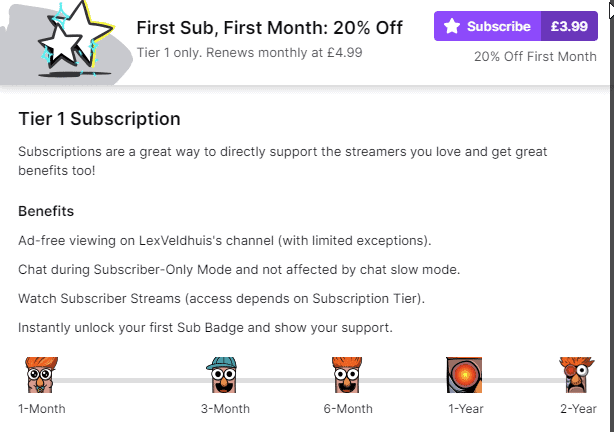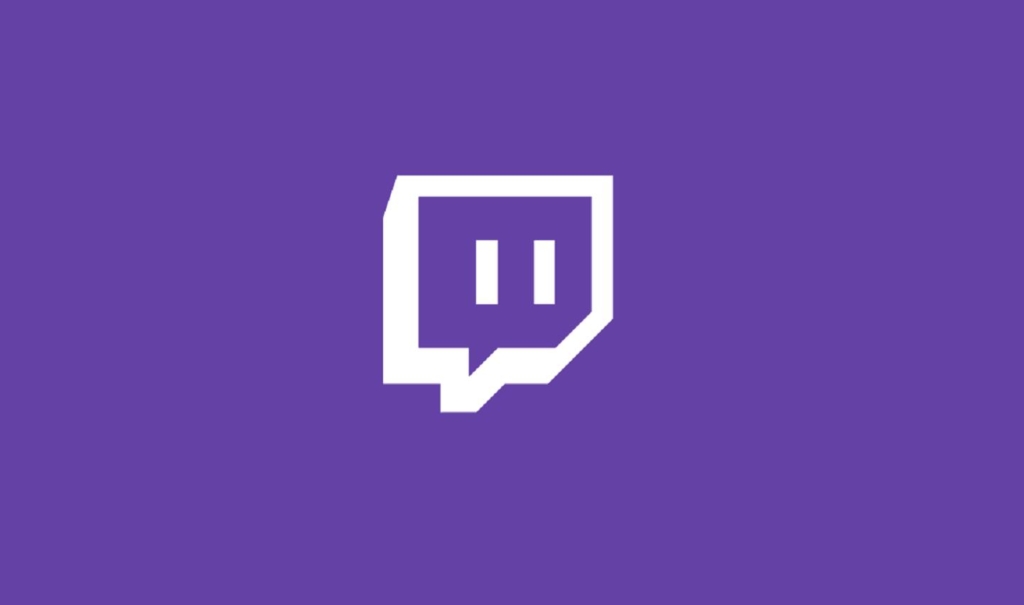

The changes will be implemented after June 2023, but only when a given streamer's contract comes up for renewal.

After that, they'll be defaulted back to the non-premium 50/50 revenue split. The solution Twitch has landed on for now is to let streamers with the premium deal keep 70% of their first $100,000. Twitch noted that more than 22,000 streamers on its feedback forum have asked the platform to move all creators to the 70/30 subscription split, but instead the opposite will happen. In April, Bloomberg reported that Twitch was exploring ways to boost profits by making changes to the revenue sharing agreements with its top-tier streamers. The company stopped bringing new streamers into the sweetheart deal more than a year ago, according to Clancy, but anyone with better terms got to keep them for the time being. Apparently Twitch didn't really have hard and fast criteria outlining who got the better revenue split. "This isn’t something we’ve talked about publicly, but such deals are common knowledge within the streamer community," Clancy said. Twitch subscriptions start at $4.99 per month, offering viewers a way to support their favorite streamers while receiving special access and perks in return. In a blog post on Wednesday, Twitch president Dan Clancy explained that while the "vast majority" of streamers have a revenue split of 50/50 for paid subscriptions, in the past a subset of creators were offered premium subscription terms that cut them a better 70/30 deal. For a list of all countries where this is eventually rolling out, see this page.Twitch plans to standardize its revenue sharing agreement with streamers, reshaping the earnings landscape for top creators who have historically been able to pocket a bigger portion of the money they generate through paid subscriptions on the platform. You can read about Twitch's plans in-depth on its dedicated help page if you need to learn more. Twitch is basing this on an experiment it performed in Brazil, as well as the data it has on the platform's active users-to-subscribers ratio across all countries. The company reckons, however, that this is a good change for most viewers, as it means more of them will be more inclined to subscribe. Twitch will look at a creator's 'baseline' stats, and will pay a creator a “revenue adjustment incentive” if they stream at least 85% of their live baseline hours in a month and meet "certain other eligibility criteria". Once local sub pricing begins rolling out, Twitch advises eligible creators to use their Creator Dashboard to view their monthly baseline amounts, actual subscription revenue, and upcoming streaming requirements they'll have to meet in order to qualify for the program. "After that, we will slowly decrease incentive payments by 25% every three months over the following 9 months, totalling a 12-month period of providing revenue adjustment incentives." "Twitch will cover 100% of baseline channel and Prime sub revenue (if needed) for three calendar months, including the month of the price change," the company said.

Twitch is aware of that and promises to cover some of the costs in the short term. This is likely to be a big thing for creators, who may see their revenue affected as local communities adapt to Twitch's new prices. To see this content please enable targeting cookies. “ price makes it difficult for many viewers to support their favorite creators, and likewise, prevents creators from being able to grow their communities,” Twitch said. The change will affect existing, new, and gifted subs. Turkey (9.90 TRY) and Mexico (48 Pesos) will be the first territories to see this change on May 20 before Asia, Latin America, Africa, Europe, and the Middle East see the impact of the rollout by Q3 2021. Now, in efforts to make things fairer on the international community, Twitch has announced most territories outside the US will see lower costs for subscriptions. Traditionally, Tier 1 subscriptions on Twitch have set you back a flat $4.99 fee – no matter where you are in the world. Twitch is taking steps to level out the cost of subscriptions internationally and has announced a change to subscription prices in efforts to make them “equally affordable” around the world.


 0 kommentar(er)
0 kommentar(er)
